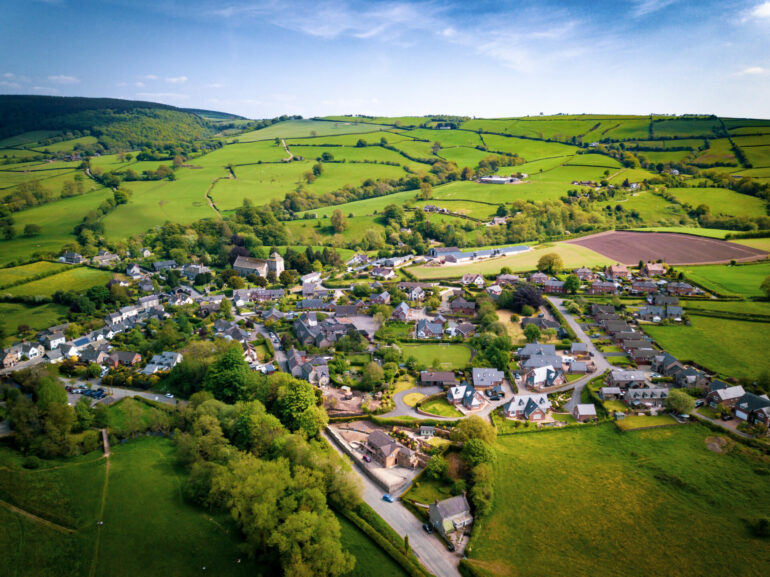Rising mortgage costs are causing uncertainty in the country housing market, but there are opportunities for buyers who can stay calm, according to James Cleland, head of the country business at Knight Frank.
Cleland said: “For those who can filter out the noise of recent weeks, it’s actually a smart time to buy.
“The quality of stock on the market is high, and most vendors recognise the headwinds facing buyers.
“The alternative would be to wait several years for a possible change of government, by which time we expect prices to be more than 15% higher than they are today.”
Tom Bill, head of UK residential research at Knight Frank, highlighted that borrowing costs increased after the Budget, and further spiked in early 2025 as investors were concerned about inflationary risks under US President Donald Trump.
This was compounded by the ‘January effect’, where investors adjust strategies.
The 5-year Sterling Overnight Index Average (SONIA) swap rate, which impacts fixed-rate mortgages, rose from 3.4% in September to 4.3% by January.
Mortgage approvals fell between October and November, and Halifax reported a slight drop in prices in December.
Despite this, Knight Frank forecast a 17.6% growth in the country over five years to 2029.
The country house price index saw a 0.3% drop in the last quarter of 2024, with an annual decline of 0.9%.
Urban markets, driven by needs-based buyers, fared better than rural areas, with townhouse prices falling by 0.5% compared to 3% for farmhouses.
Bill also pointed out that properties over £5m fell by 1.8% compared to a 0.9% drop in the £500,000 to £1m range.
Bill said: “The first quarter of 2025 may see increased demand in lower-value markets due to stamp duty changes, but overall, transactions may be pressured by high rates.”
Demand in rural areas, which soared during the pandemic, had cooled, while the number of exchanges in 2024 was stable compared to 2023 but down 20% from the 5-year average.
There is optimism that financial markets expect two rate cuts in 2025, which could support demand.
Knight Frank also noted potential capital injections after April due to new ‘non-dom’ rules.
Average prices in rural areas rose 18% since January 2009, compared with 45% in central London and 75% UK-wide.



